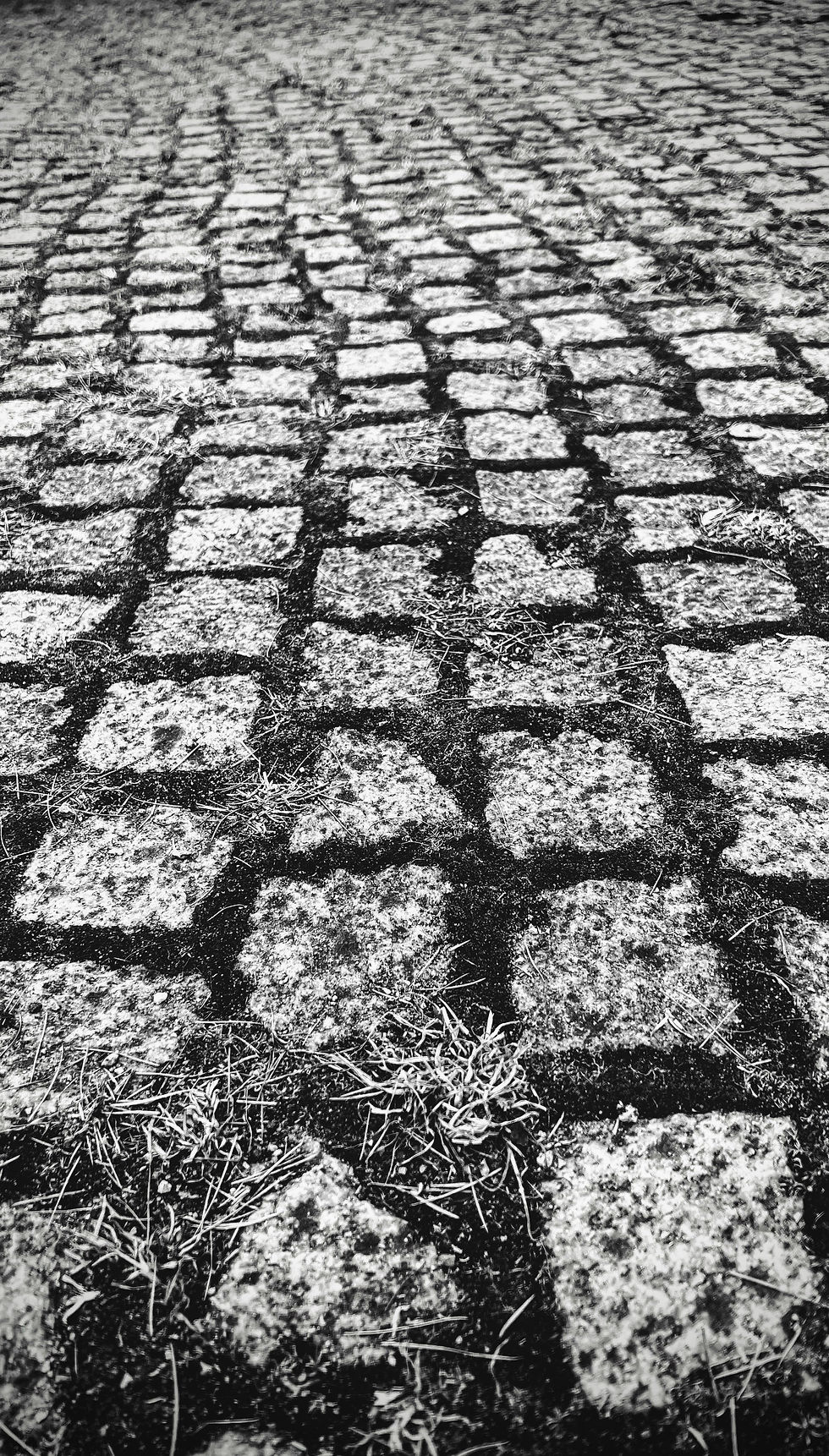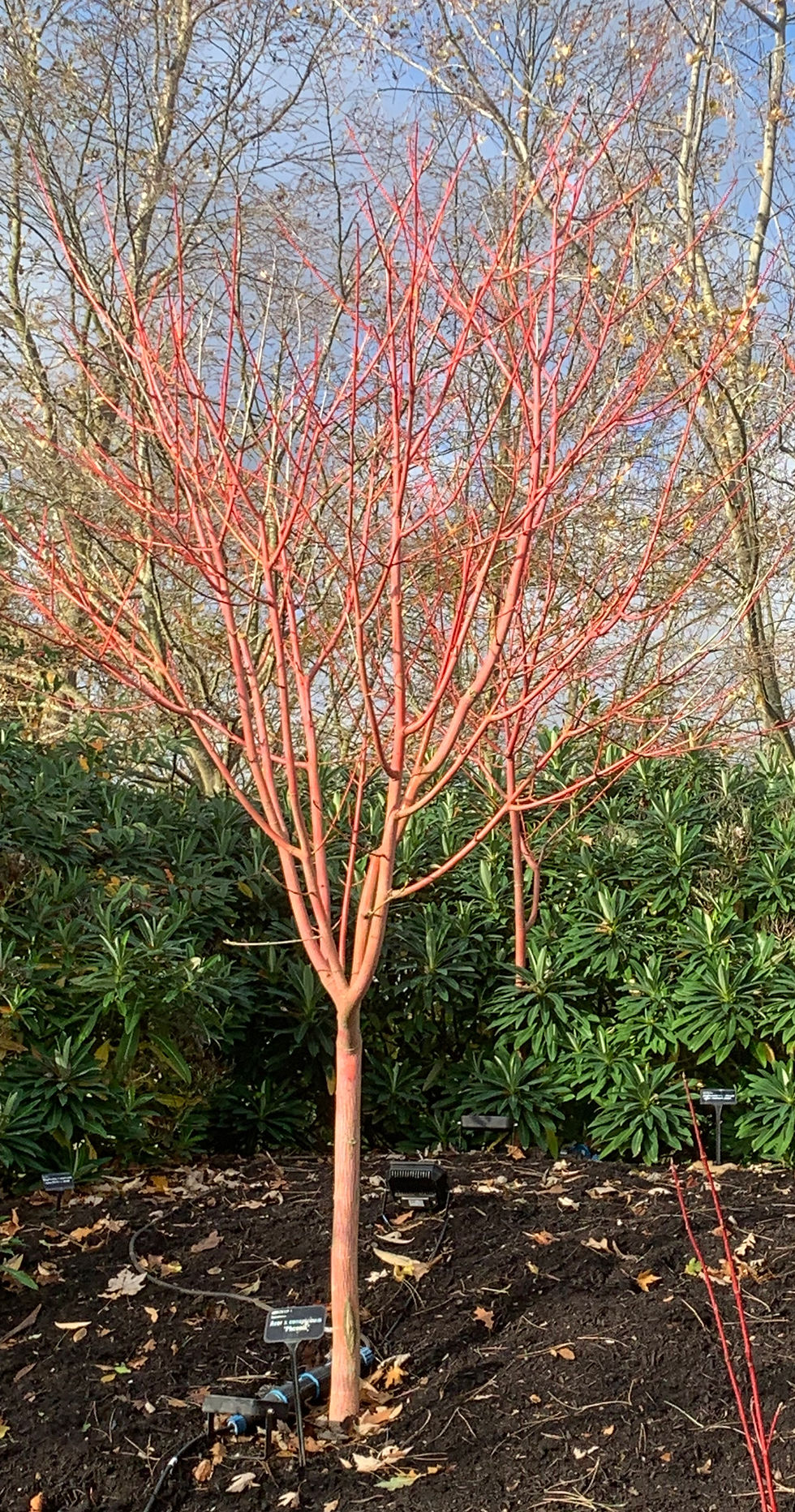Winter Garden Care:
- Zoe Cook
- Mar 6
- 6 min read
Winter Garden Care: What You Can Do to Keep Your Garden Healthy. How to care for your garden during the colder months, from mulching to protecting plants from frost.

Winter Garden Care: What You Can Do to Keep Your Garden Healthy
Winter can be a challenging time for gardeners, especially in the UK, where temperatures can fluctuate and frost, rain, and even snow can put a strain on plants. But the colder months don’t have to mean neglecting your garden. With the right approach, you can protect your plants, maintain healthy soil, and even get ahead for the coming spring.
At Trellis Design, as an East London garden designer, I’m often asked how best to care for gardens during winter. Whether you're looking to maintain a pristine space or have a garden designed with wildlife in mind, here’s a detailed guide on how to keep your garden in great condition through the winter months.
1. Mulching: Insulation for Your Soil and Plants
Mulching is one of the most important tasks for winter garden care. It involves covering the soil with a protective layer, which helps regulate soil temperature, reduce water loss, and suppress weeds. But in winter, mulching has the added benefit of protecting plant roots from freezing temperatures.
What is Mulch? Mulch can be made from a variety of materials, including organic options like bark, compost, leaf mould, or wood chippings. These organic mulches not only insulate the soil but also break down over time, adding valuable nutrients to the garden and improving soil structure.
Why Mulch in Winter? By applying mulch in late autumn or early winter, you're helping to create a protective barrier for your plants. In winter, plants may experience sudden temperature drops that can freeze their roots. A layer of mulch insulates the soil, keeping temperatures more stable and reducing the risk of damage from frost.
For wildlife-friendly gardens, mulching is especially beneficial. Organic mulches create habitats for insects and microorganisms that contribute to a healthy ecosystem—an important consideration in garden design for wildlife. At Trellis Design, I always recommend using natural mulches in wildlife-friendly gardens, as they encourage biodiversity while keeping plants safe.
2. Protecting Plants from Frost
Frost is one of the biggest challenges your garden faces during winter. Frost can damage delicate plants, particularly evergreens and those not native to colder climates. Here are some steps you can take to protect your plants from frost:
Fleece or Fabric Covers: Fleece or horticultural fabric can be placed over some plants to protect them from frost. Tender perennials can suffer from frost damage. Wrapping these plants or covering them with fleece when frost is forecast can prevent leaves from getting scorched or roots from freezing. Dicksonia antarctica (or tree ferns) are a popular plant for more contemporary schemes but aren’t fully hardy throughout the UK so a prime candidate for wrapping up in the colder months as they’d make an expensive loss if the succumb to freezing temperatures.
Move Tender Plants Indoors: If you have potted plants, especially non-hardy varieties, consider moving them to a sheltered spot or indoors for the winter. Greenhouses or even a garage can provide protection for plants like Pelargoniums or succulents that don’t cope well with the cold. For larger plants in pots that can’t be moved, consider wrapping the pots in bubble wrap to insulate the roots.
Frost-Free Zones in the Garden: When planning your garden design and landscaping, if you have a larger garden think about creating frost-free zones by planting in sheltered spots, such as next to walls or hedges, which can offer natural protection. At Trellis Design, I would incorporate structural elements like screens or trellises to create microclimates, giving tender plants the best chance of surviving colder months.
3. Pruning and Tidying: Know What to Cut Back and What to Leave
Winter is the perfect time for certain types of pruning, as many plants are dormant and less likely to suffer from pruning shock. However, it’s important to know what to prune and what to leave alone, as some plants benefit from winter structure.
What to Prune:
Fruit trees and shrubs: Apple and pear trees, along with certain berry bushes, can be pruned in winter to improve shape and encourage fruiting. Cut back crossing branches and any that show signs of disease or damage.
Climbing roses: Winter is a good time to prune climbing roses, cutting back old flowering stems and tying in new growth to prevent wind damage.
What to Leave for Wildlife: When practicing garden design for wildlife, it’s crucial to remember that not everything needs to be tidied away in winter. Leaving seed heads and certain plants unpruned provides essential habitats for insects and birds. Plants like Hylotelephium (formerly Sedum), Echinacea, and Verbena bonariensis not only look great when dusted with frost, but also offer food and shelter for wildlife.
At Trellis Design, I always encourage clients to leave as much of the garden undisturbed in winter as possible to support local wildlife. Insects will overwinter in hollow stems, while birds will feed on seeds. This approach not only supports biodiversity but also enhances the beauty of your garden as frost highlights the shapes and textures of these plants.
4. Winter Lawn Care: Prevent Compaction and Protect Your Grass
Your lawn can suffer in winter, particularly with heavy foot traffic when the ground is wet and soggy. Here's how you can care for your lawn during the colder months:
Limit Foot Traffic: In winter, your lawn is more vulnerable to compaction, which can lead to drainage problems and patchy growth come spring. Try to avoid walking on the lawn when it’s frosty or waterlogged. If you need to regularly walk across the lawn, consider installing stepping stones or pathways as part of your garden design and landscaping to protect the grass.
Rake Leaves Regularly: Leaves left on the lawn can block light and trap moisture, leading to bare patches and fungal growth. Be sure to rake leaves regularly and add them to your compost heap or use them to make leaf mould—a fantastic mulch for the garden.
5. Preparing for Spring: Winter Projects and Planning
Winter is the ideal time to plan ahead for the upcoming growing season. While much of the garden is dormant, there’s plenty you can do to prepare for a vibrant spring garden.
Plan Your Spring Planting: Use winter as an opportunity to review your garden and decide where you want to make changes or introduce new plants. At Trellis Design, I often work with clients over the winter to plan new garden design and landscaping projects, it’s the perfect time for designing, ensuring they’re ready to plant come spring.
Think about what worked well last year and what didn’t. Do you need more colour in spring, or perhaps more structural elements for year-round interest? Now’s the time to decide on new planting schemes or structural changes to make your garden more dynamic.
Soil Preparation: Winter used to be a good time to prepare soil for spring planting. Digging in organic matter, like compost or well-rotted manure, to improve soil structure and fertility. However, we now know that the ‘no dig’ method is much more beneficial for soil health. Just mulch and go and leave the worms to do the work for you. This gives your plants the best possible start once they begin growing again in the warmer months.
6. Caring for Wildlife in Your Garden
As an East London garden designer, when focusing on garden design for wildlife, I encourage clients to think about wildlife care in winter. Here are a few ways to support birds, insects, and other creatures during the colder months:
Provide Food and Water: Birds can struggle to find food in winter, so it’s a good time to provide supplementary feeding. Use a variety of feeders with seeds, nuts, and fat balls to attract different bird species. A bird bath with fresh water will also be appreciated, especially when natural water sources freeze over.
Create Shelter: Leave log piles, brushwood, or leaf heaps in a corner of your garden to provide shelter for insects, small mammals, and even amphibians. These habitats are vital for wildlife survival in winter and contribute to a balanced garden ecosystem.
Conclusion: A Healthy Winter Garden
Winter doesn’t have to mean a dull or neglected garden. With the right care, you can keep your garden healthy and ready for the spring ahead. From mulching and pruning to protecting plants from frost and caring for wildlife, there’s plenty to do in the colder months that will pay off when the growing season returns.
At Trellis Design, I specialise in creating gardens that thrive year-round. Whether you’re looking for a low-maintenance solution, garden design for wildlife, or a bespoke garden design and landscaping service in East London, I’m here to help. Get in touch via email at zoe@trellisdesign.co.uk today to discuss how I can help you keep your garden looking its best, no matter the season.
Photo by Annie Spratt on Unsplash




Comments